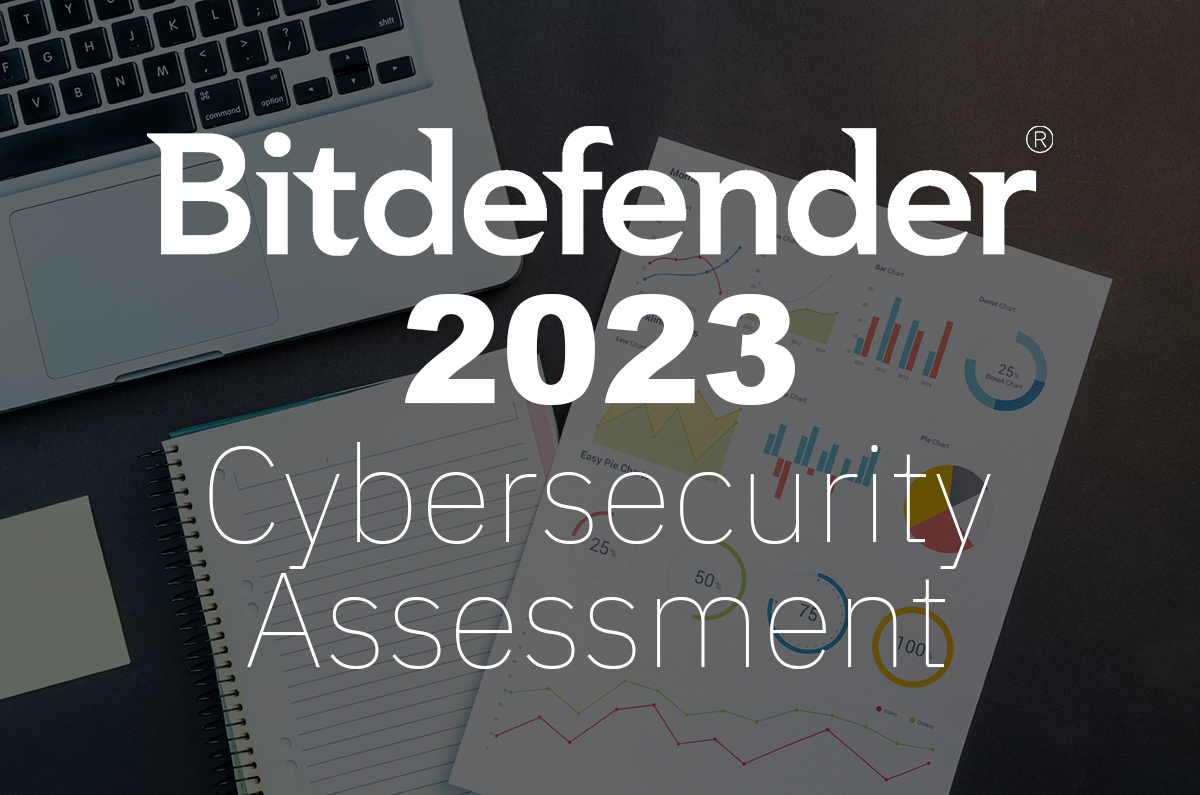Should Narrative Attacks Be a Concern for Businesses?

Misinformation campaigns are nothing new. Nation states, public figures, and celebrities are constantly fighting back against false claims that are perpetuated across social media and the internet. However, misinformation campaigns can also target private organizations. They are also known as narrative attacks because they spread misunderstandings, rumors, innuendo, and outright false information to weave a compelling narrative. According to the new 2024 Cybersecurity Assessment Report, nearly all professionals (96%) acknowledge that disinformation and misinformation campaigns facilitated by AI pose substantial threats. Narrative attacks can shame an executive, erode trust, sow doubt, or hit a company where it hurts the most – their revenue.
These threat campaigns weave compelling stories filled with misunderstandings, rumors, and outright falsehoods to damage reputations and erode trust. For businesses, understanding and defending against narrative attacks is crucial, as these digital threats can strike at the heart of what matters most: their revenue and credibility.
To get a better understanding of narrative attacks, we discussed the topic with Bitdefender cyber threat experts who answered eight key questions.
What are narrative attacks?
A narrative attack is a concerted effort by malicious actors to spread misinformation about a company or organization. The goal is to damage the company's reputation by manipulating public opinion, rather than by direct cyberattacks on digital infrastructure.
How are narrative attacks different from other types of cyberattacks?
Narrative attacks aim to change public opinion or further existing biases, whereas traditional cyberattacks like phishing or ransomware aim to trick someone into taking a specific action. Narrative attacks are more abstract, making them harder to combat as they don't involve tangible actions or codes that can be blocked or intercepted.
What are some recent examples of narrative attacks?
Recent examples include the Chinese weather balloon incident, where propagandists from China, Russia, and Iran spread misinformation to create fear and mistrust among Americans. Similarly, false or misleading information about companies' diversity, equity, and inclusion (DEI) policies is spread by social hacktivists to harm corporate reputations.
What are the impacts of narrative attacks?
Narrative attacks primarily impact a company's reputation, particularly among customers. They can also affect stock prices and result in job losses.
How do narrative attacks work?
Narrative attacks begin with building trust through fake online profiles that connect with target audiences. Once an event is triggered, these profiles spread distorted versions of the event, creating chaos and confusion. They use marketing and PR tactics to promote their narrative, making the messages highly consumable and sharable, often playing on emotions and insecurities.
How can organizations protect themselves against narrative attacks?
Organizations should remember that narrative attacks have no signature. It requires more than just cybersecurity solutions to detect and counter them. Everyone in the organization must be alert to these types of misinformation campaigns. AI, machine learning, and large language models can help by searching for patterns in messaging and syntax that indicate a narrative attack.
What kind of countermeasures can organizations take?
Education is crucial. Organizations should educate their followers about distinguishing real information from misinformation, encourage fact-checking, and ensure good cyber resilience across social media. Proactive engagement and flagging malicious actors to moderators can also help. Working together with marketing, PR, and crisis management teams is essential to mitigate damage.
Are there any resources organizations should investigate to help them detect and counter narrative attacks?
Organizations should consider working with a service provider experienced in dealing with narrative attacks at scale. The Cybersecurity and Infrastructure Security Agency (CISA) is a valuable resource, providing alerts and experience in detecting and countering misinformation campaigns that can be applied to protect the private sector.
Summary
As businesses navigate the complex landscape of digital threats, narrative attacks stand out as a particularly insidious form of misinformation. By targeting public opinion and sowing discord, these attacks can cause significant harm to a company's reputation and financial standing. However, with proactive measures, education, and the right tools, organizations can defend against these attacks and maintain their credibility. Staying vigilant and leveraging the expertise of cybersecurity professionals and agencies like CISA will be key in safeguarding against the evolving tactics of narrative attackers.
Read the full insights from the 2024 Cybersecurity Assessment Report.
tags
Author

By leveraging his background as a journalist and editor, Marcos Colón has been specializing in cybersecurity content creation for over a decade. Known for his proficiency in communicating complex topics effectively, he bridges the gap between technical aspects and audience understanding. His interviewing skills and commitment to creating engaging narratives have made him a distinctive voice in the cybersecurity sphere.
View all postsRight now Top posts
FOLLOW US ON SOCIAL MEDIA
SUBSCRIBE TO OUR NEWSLETTER
Don’t miss out on exclusive content and exciting announcements!
You might also like
Bookmarks










